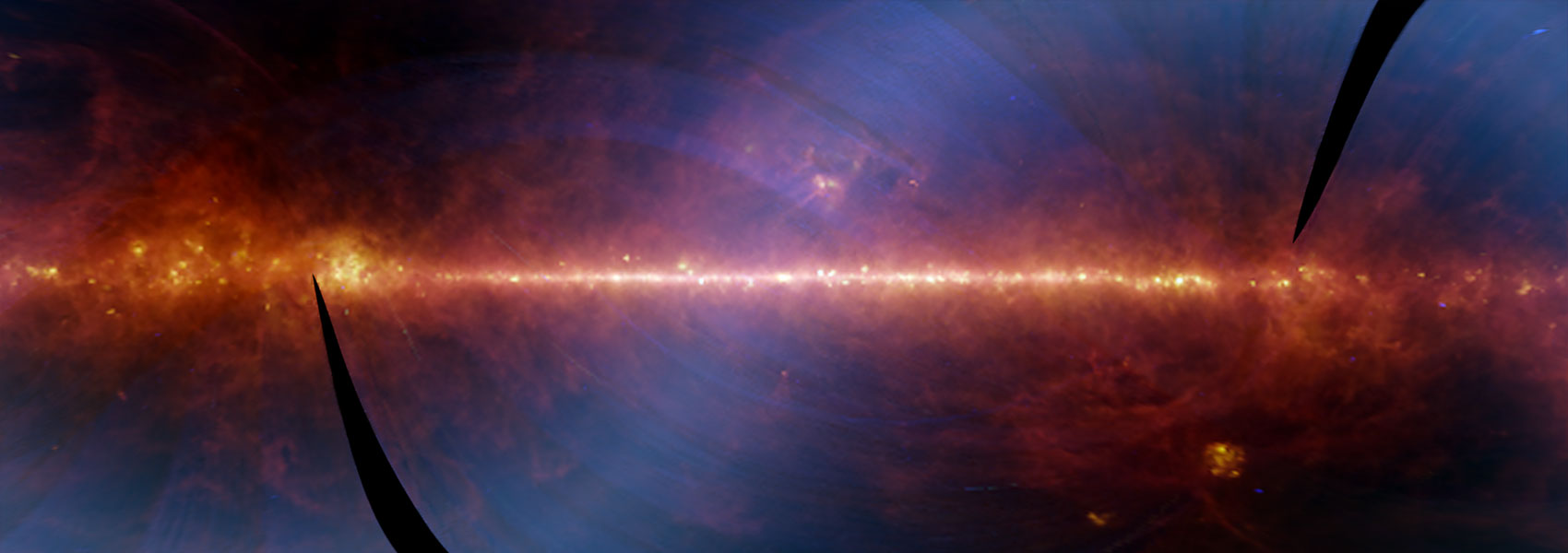January
2019
•
2019ApJ...870...11B
Authors
•
Bachelet, E.
•
Bozza, V.
•
Han, C.
•
Udalski, A.
•
Bond, I. A.
•
Beaulieu, J. -P.
•
Street, R. A.
•
Kim, H. -I.
•
Bramich, D. M.
•
Cassan, A.
•
Dominik, M.
•
Figuera Jaimes, R.
•
Horne, K.
•
Hundertmark, M.
•
Mao, S.
•
Menzies, J.
•
Ranc, C.
•
Schmidt, R.
•
Snodgrass, C.
•
Steele, I. A.
•
Tsapras, Y.
•
Wambsganss, J.
•
RoboNet Collaboration
•
Mróz, P.
•
Soszyński, I.
•
Szymański, M. K.
•
Skowron, J.
•
Pietrukowicz, P.
•
Kozłowski, S.
•
Poleski, R.
•
Ulaczyk, K.
•
Pawlak, M.
•
OGLE Collaboration
•
Abe, F.
•
Barry, R.
•
Bennett, D. P.
•
Bhattacharya, A.
•
Donachie, M.
•
Fukui, A.
•
Hirao, Y.
•
Itow, Y.
•
Kawasaki, K.
•
Kondo, I.
•
Koshimoto, N.
•
Li, M. Cheung Alex
•
Matsubara, Y.
•
Muraki, Y.
•
Miyazaki, S.
•
Nagakane, M.
•
Rattenbury, N. J.
•
Suematsu, H.
•
Sullivan, D. J.
•
Sumi, T.
•
Suzuki, D.
•
Tristram, P. J.
•
Yonehara, A.
•
MOA Collaboration
Abstract
•
We present an analysis of the microlensing event OGLE-2015-BLG-0232. This event is challenging to characterize for two reasons. First, the light curve is not well sampled during the caustic crossing due to the proximity of the full Moon impacting the photometry quality. Moreover, the source brightness is difficult to estimate because this event is blended with a nearby K dwarf star. We found that the light-curve deviations are likely due to a close brown dwarf companion (i.e., s = 0.55 and q = 0.06), but the exact nature of the lens is still unknown. We finally discuss the potential of follow-up observations to estimate the lens mass and distance in the future.
Links




